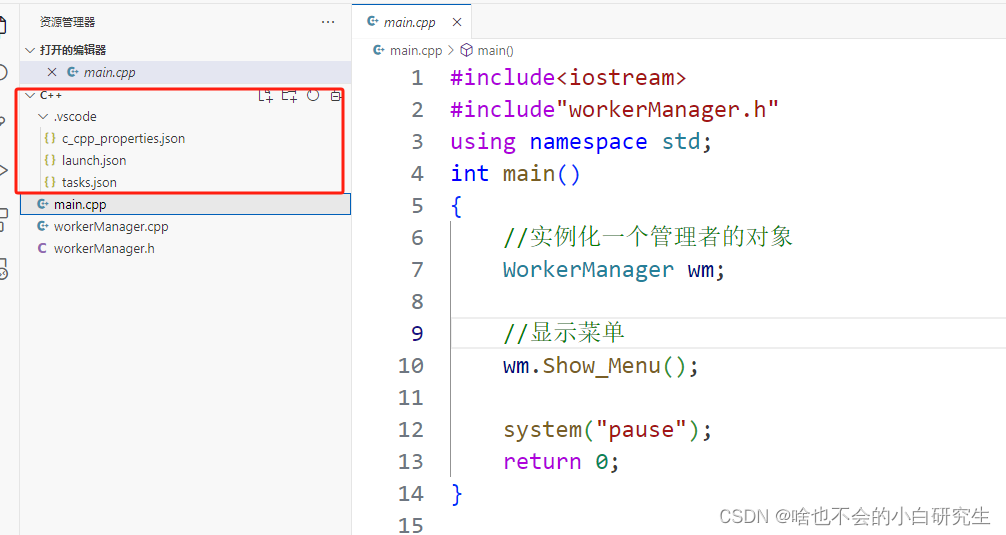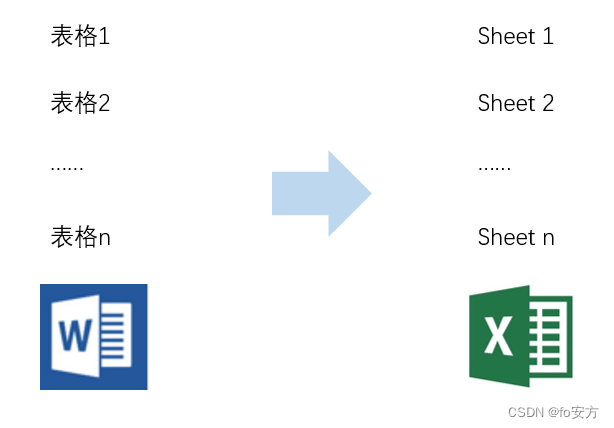本文介绍: cat file | awk ‘{print substr($1,1,5)}’ 分别是第1个字段,第1个字符到第5个字符。sed “/$x/d/” file 或 sed –n “$i“p file。整数比较: if [ “$a” –eq “$b” ] a,b为整数。按列: paste a b > c 将文件a b 以列的形式合并。字符串比较:if [ “$a” = “$b” ] a,b为字符串。:echo -n ” ” >> temp (不换行)按行:cat a>>b 将文件a追加到文件b的尾部。
声明:本站所有文章,如无特殊说明或标注,均为本站原创发布。任何个人或组织,在未征得本站同意时,禁止复制、盗用、采集、发布本站内容到任何网站、书籍等各类媒体平台。如若本站内容侵犯了原著者的合法权益,可联系我们进行处理。







